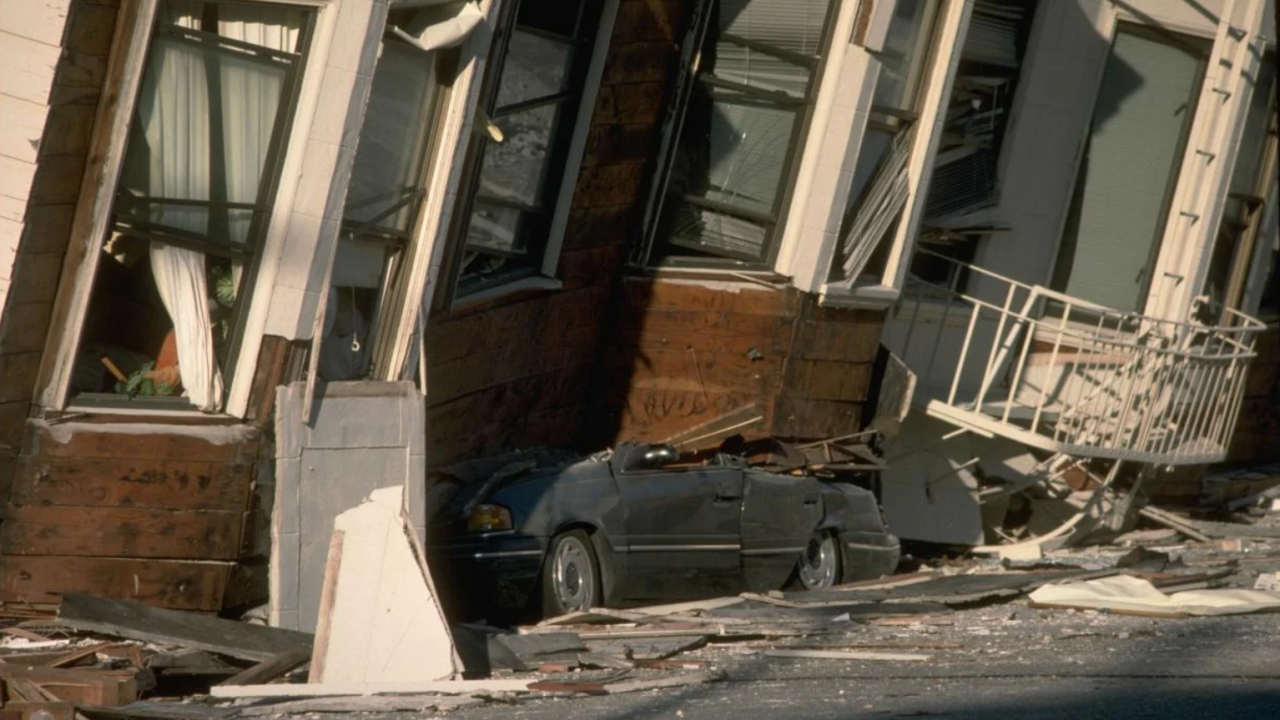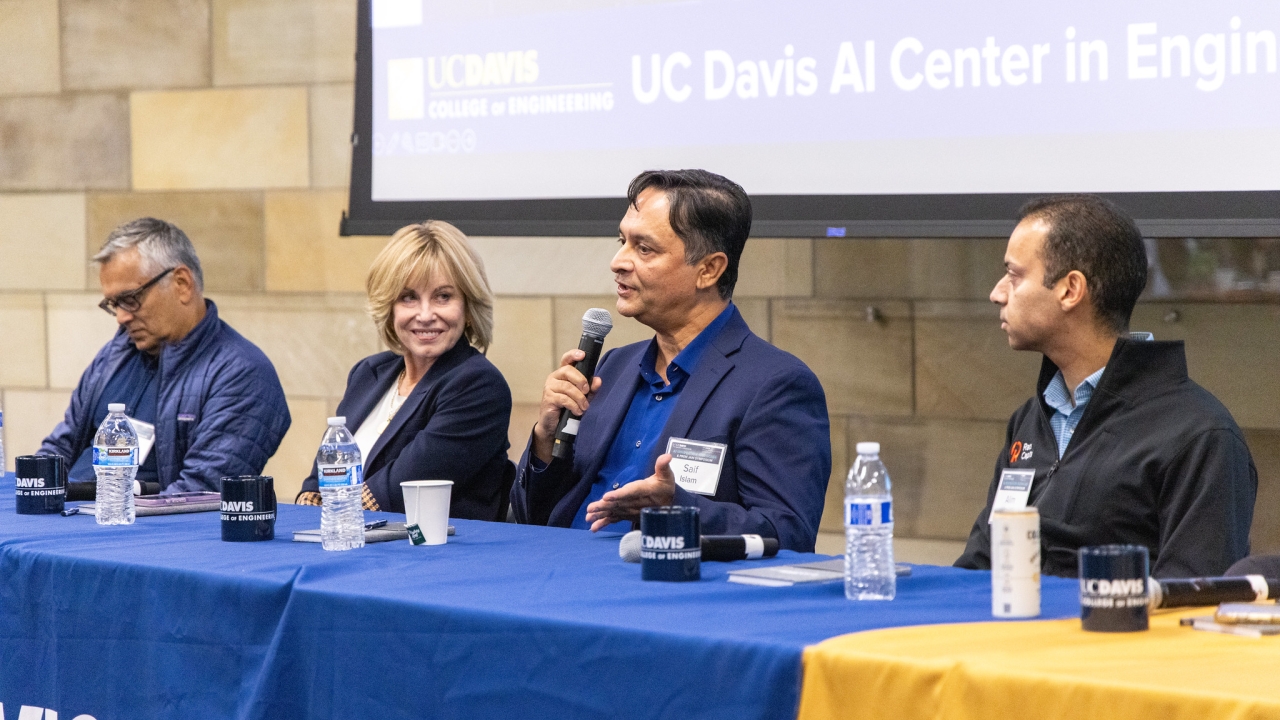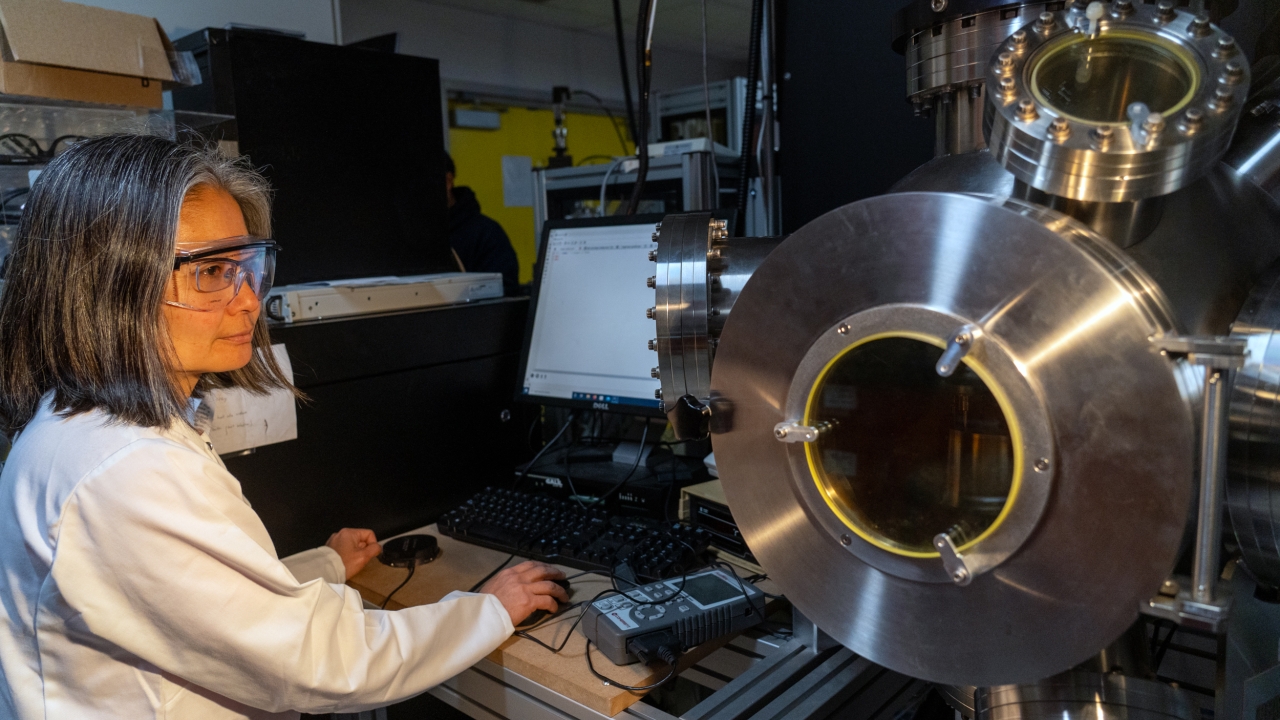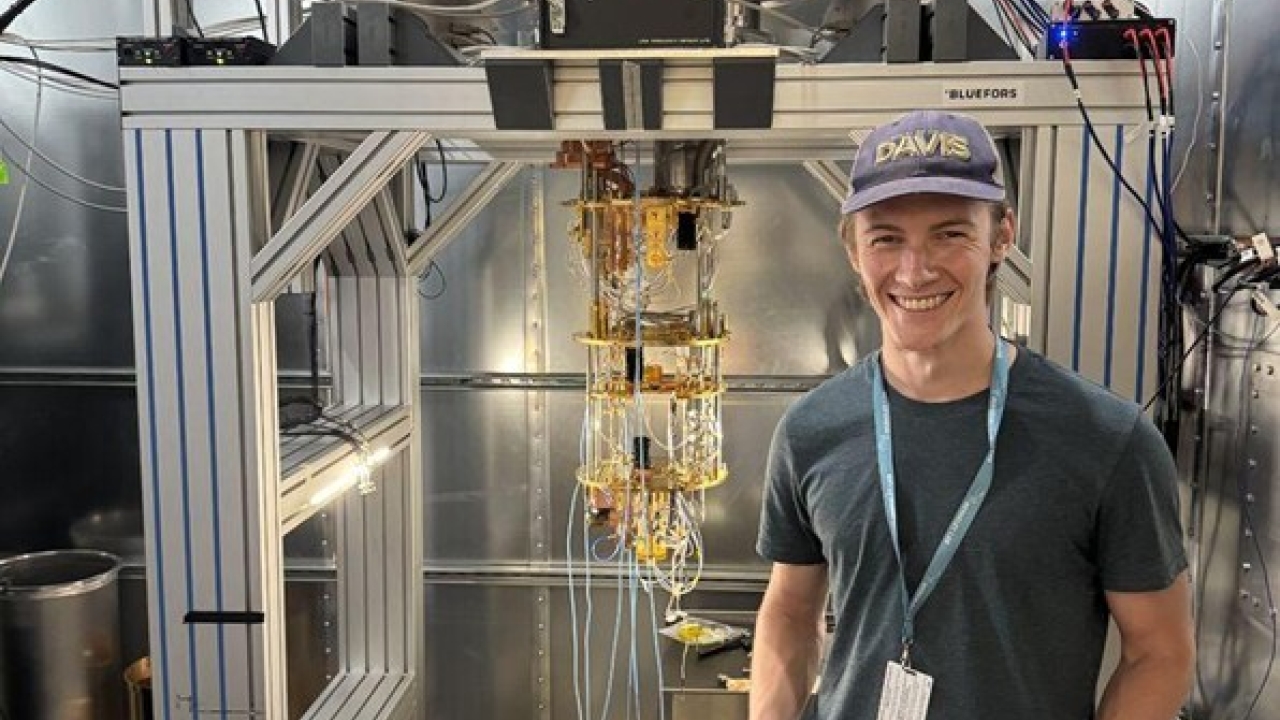
UC Davis Researchers Explore Environmental Benefits of Soil-Stabilizing Microbes
Naturally occurring microbes could help stabilize the ground under buildings during earthquakes due to the way they reduce the water content in soils, according to new research.
One existing approach to stabilizing liquefaction-prone soils known as grouting is to inject concrete into the soil under vulnerable structures to cement the ground together. This method is reliant on groundwater – a scarce resource in some regions of California.
In contrast, microbially induced desaturation works by soil bacteria consuming nitrogen, which is then released into the soil and fills the space between sediment grains. The gas-filled soil then acts like a shock absorber.
New research by Aisha Faruqi, a civil and environmental engineering graduate student, is the first to look at the environmental and economic impacts of microbially induced desaturation.
“Greenhouse gas emissions produced by microbially induced desaturation are less than four percent of what is produced from permeation grouting” because of grouting’s heavy use of carbon- and water-intensive cement, said Faruqi, who is working with Professor of Civil and Environmental Engineering Alissa Kendall.




